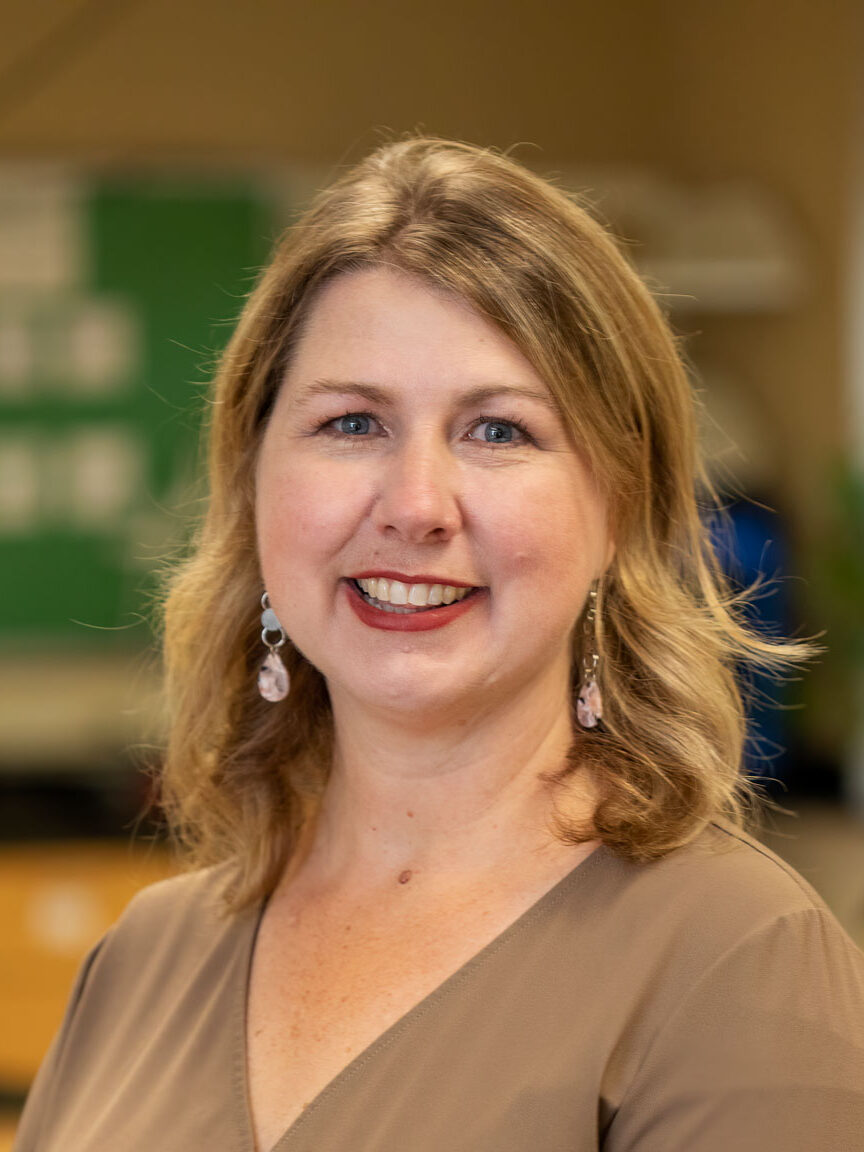Almost every teacher enters education with an idealistic mindset. We want to make a meaningful difference in the lives of young people. We want to create a generation of citizens that are not just literate and mathematically proficient, but also are inquisitive, innovative, creative, and problem-solving. We are not impressed by fancy titles or lots of letters behind our names, nor are we wowed by extensive curriculum solutions that claim to prescribe the exact scope and sequence of instruction that will yield success for every student. What impresses us are practical, proven ideas that help us do what we entered the profession to do—make a difference.
So, here’s a not-so-revolutionary tip that we all know is important, is easy to implement daily, and yet we often underestimate its power and forget to employ it on a regular basis. Simple modeling. I don’t mean modeled reading or direct instruction where you model the activity the students are about to do. Those are critical components to any well-thought-out lesson plan, but if we think back to our goals, we have to extend our modeling beyond content-area instruction. If we go back to the premise of creating a generation of citizens that is inquisitive, innovative, creative, and problem-solving, then we must model those same characteristics.
Want your students to be inquisitive…..are you?
Do you have burning questions about the world around you and are you motivated to find answers daily? Do you share these questions with your students so they see your passion for knowledge?
Want your students to be innovative…..are you?
Do you routinely bring new ideas to the classroom? If you don’t feel you have that capacity, do you seek out innovative people and put them in front of your students? Do you not only permit, but actively encourage, alternate answers and/or procedures from your students?
Want your students to be creative…..are you?
When was the last time you created something? It needn’t be a Picasso, but is there anything that you created where you started with nothing and ended with something? It could be a recipe, a lesson plan, a doodle drawing. Do you find value in the process of creating something? Do your students know you value that? Do they know your process and the satisfaction it gives you?
Want your students to be problem-solvers…..are you?
Do you shy away from challenges or do you face them head-on? And when you do face them, what do you tell your students about them? Do you only tell them about the last thing you tried that worked? Or do you also share the failures that preceded the solution? Even better do you share the problems you haven’t solved yet but they see that you will persevere until you have an answer?
In short, you know why you became a teacher. You know what you want from your students. But you cannot simply will them into being the kind of students you want them to be. Start with the teacher in the mirror. Whatever you want your students to be, first ask yourself if you exhibit those qualities yourself? If yes, great! Now show them. If not, what’s stopping you? Get busy!


